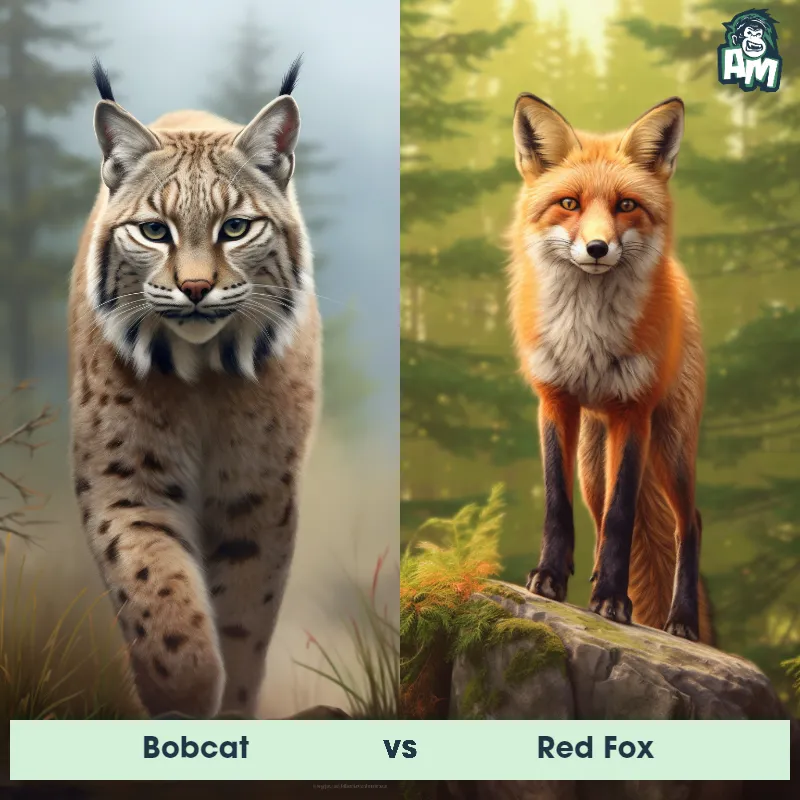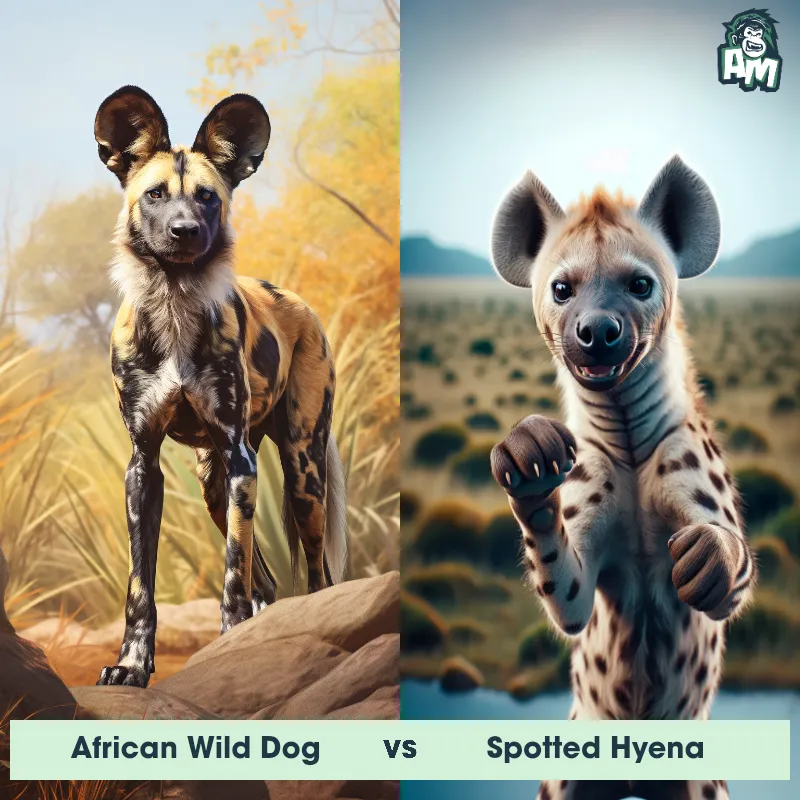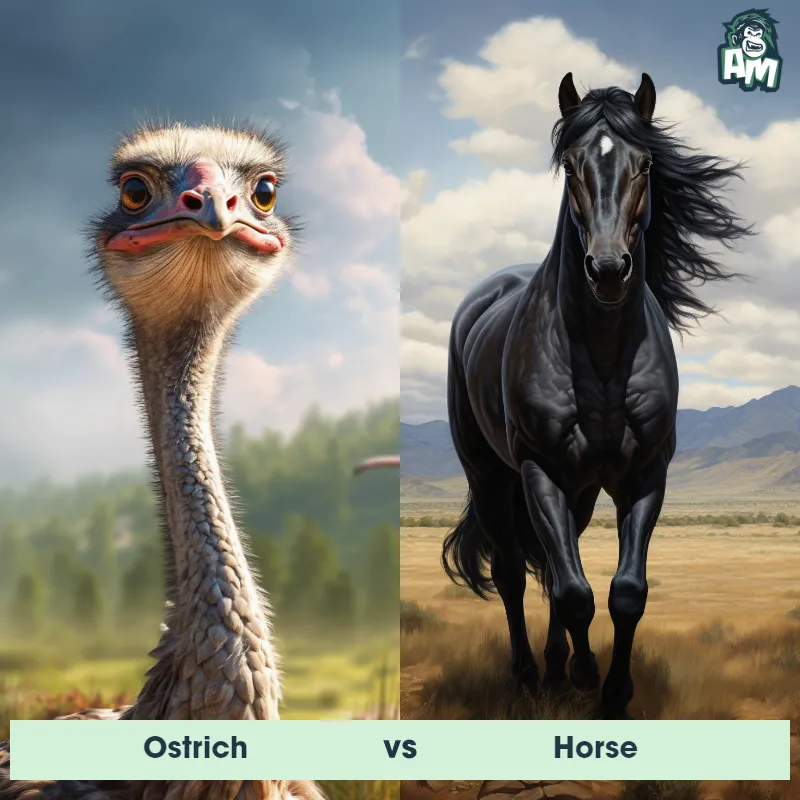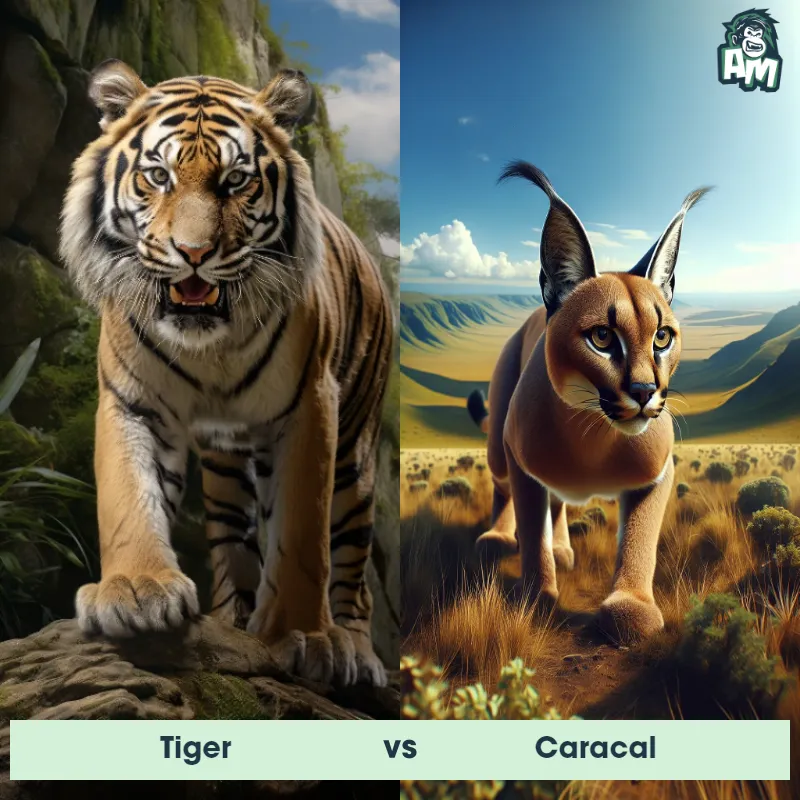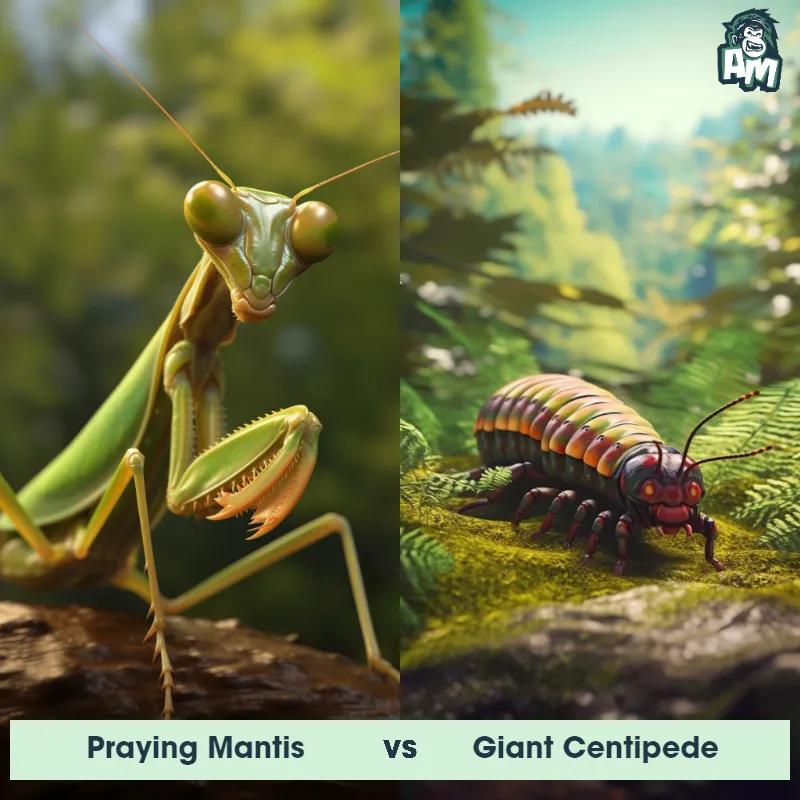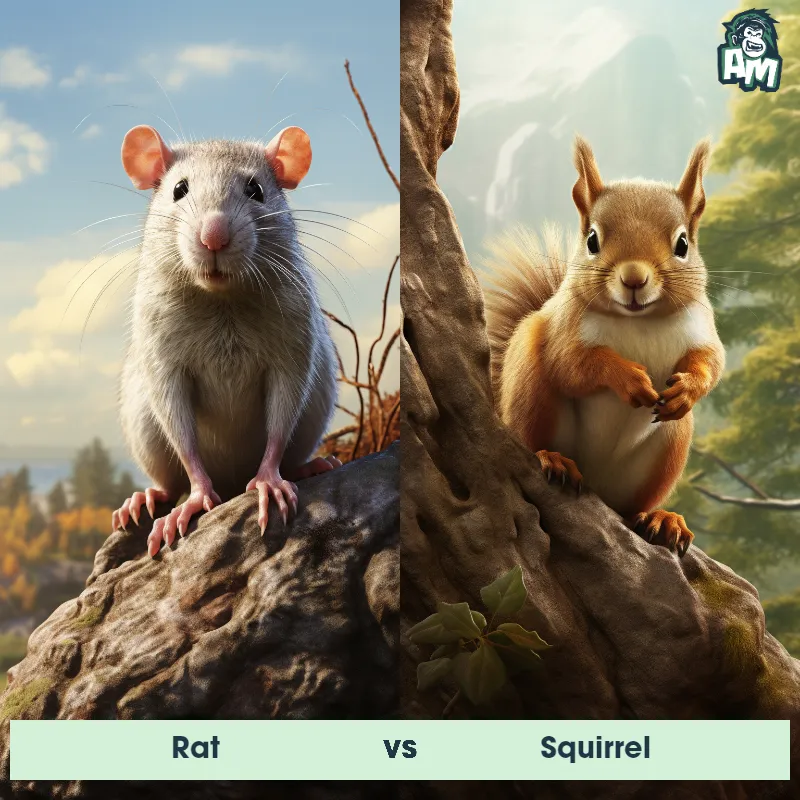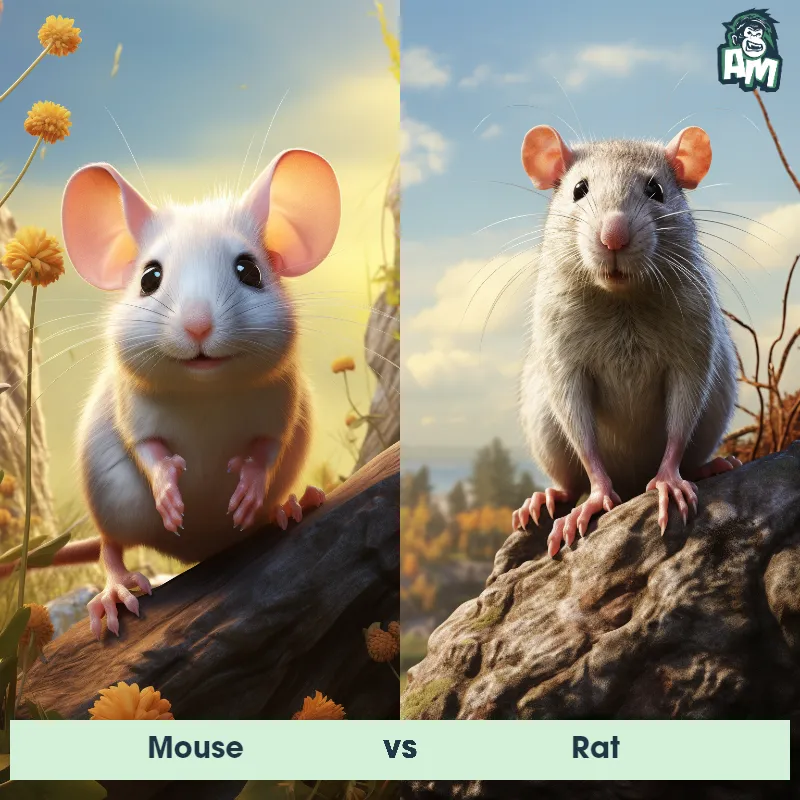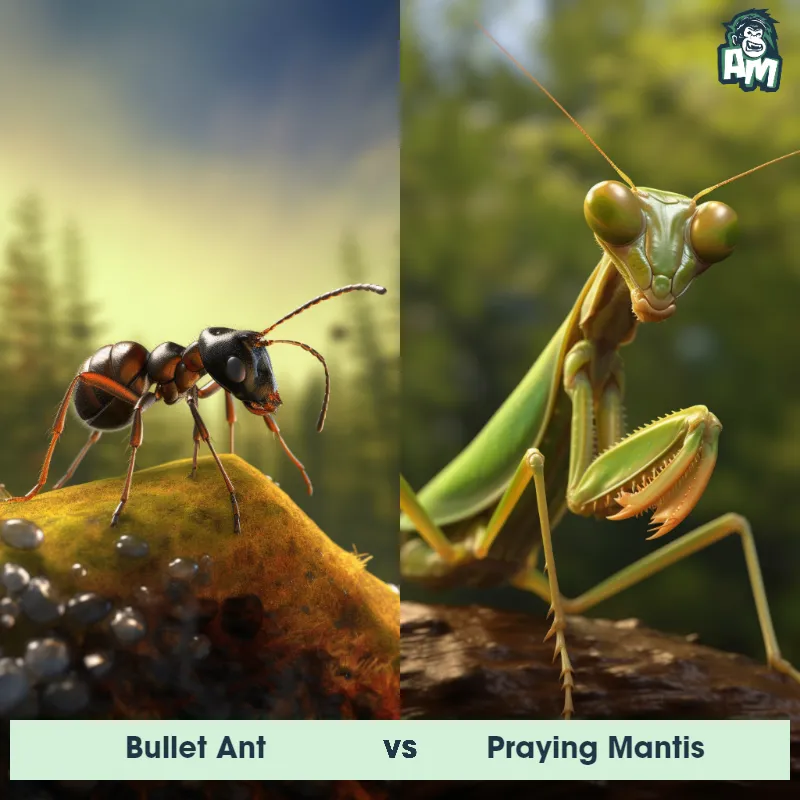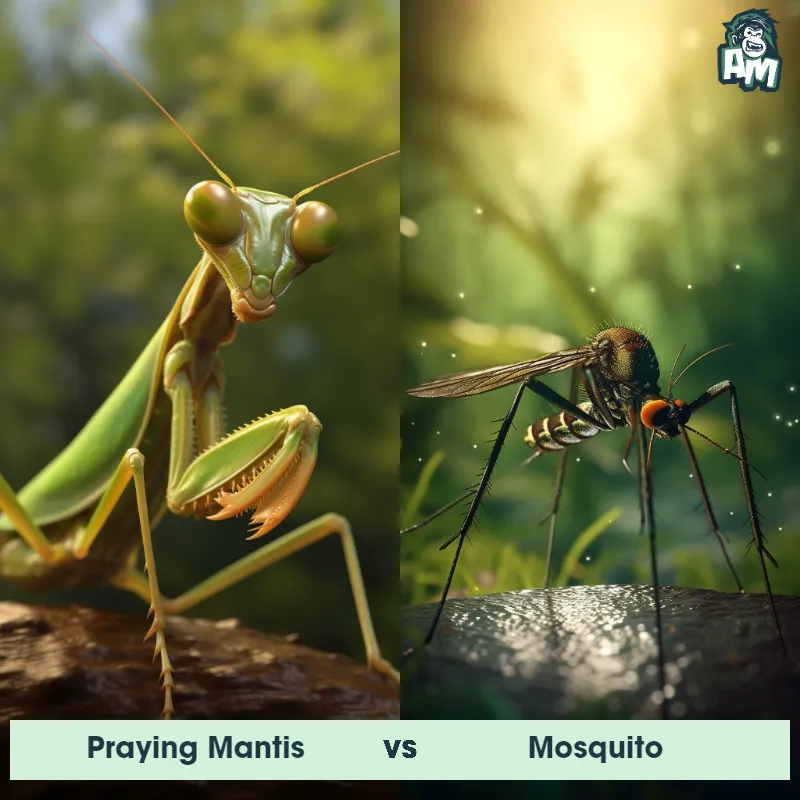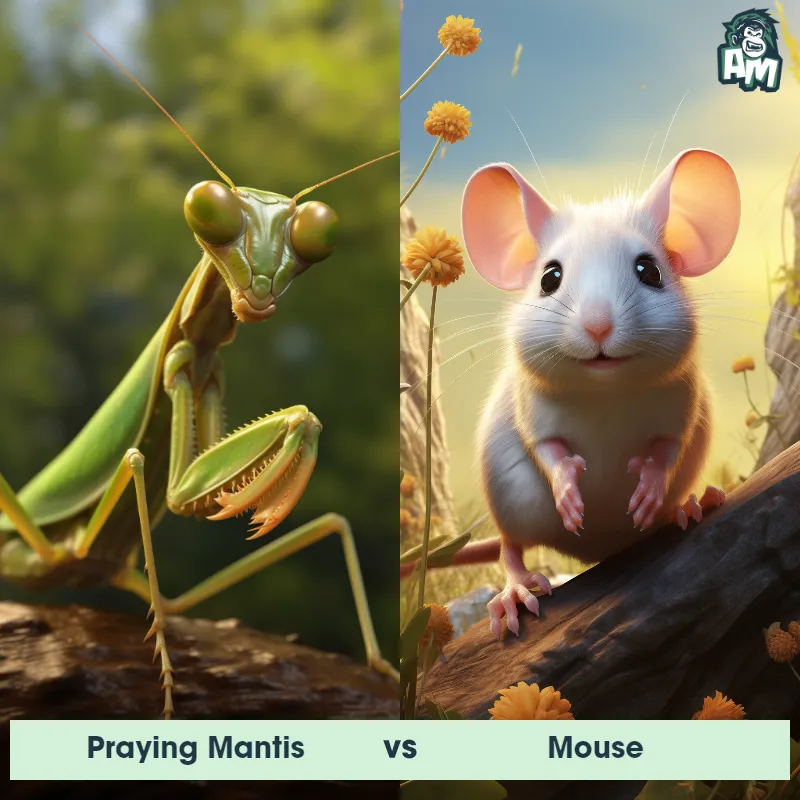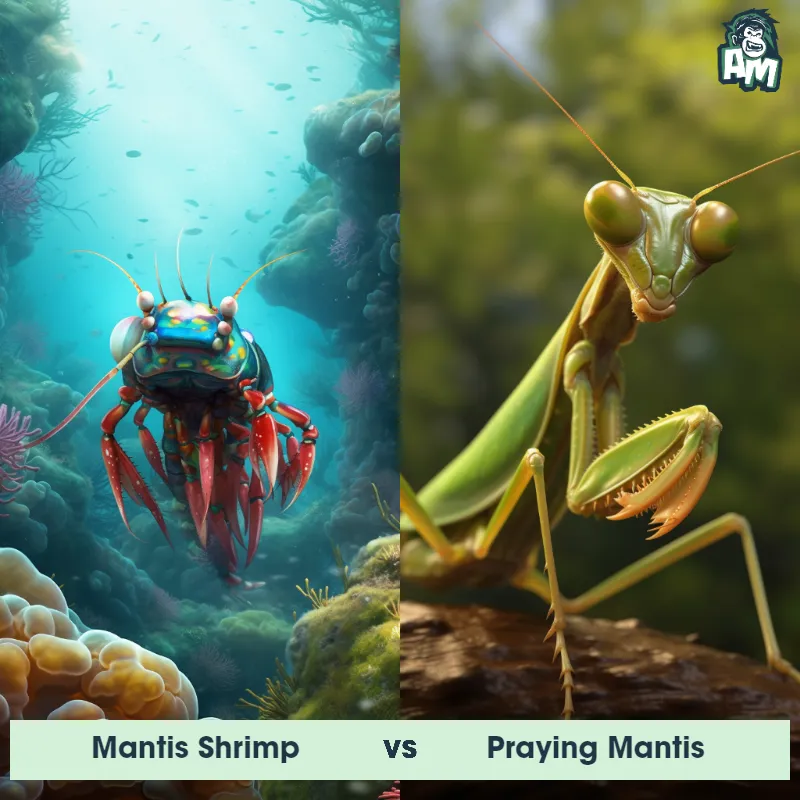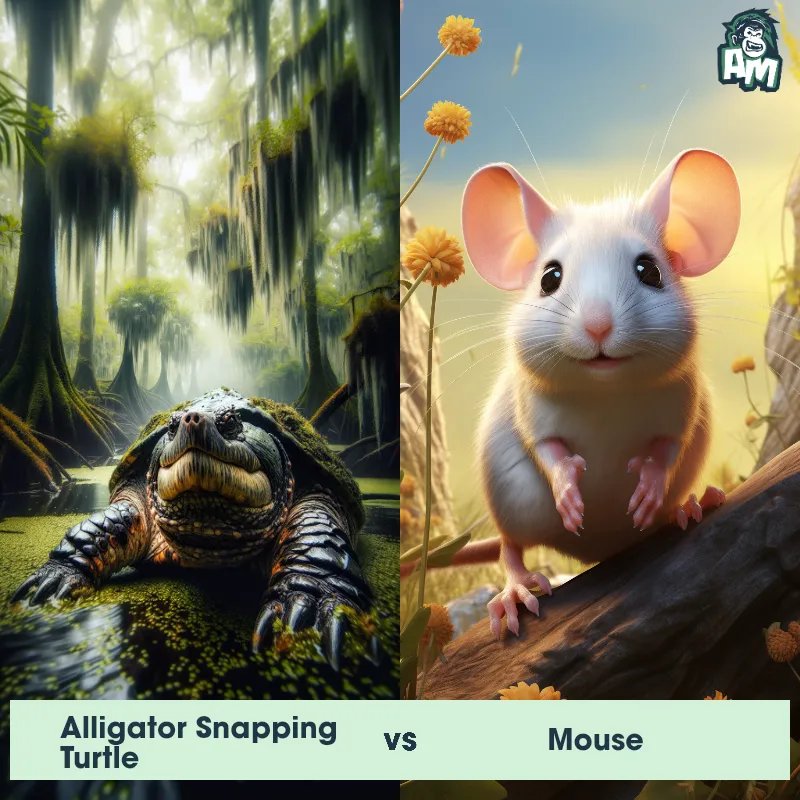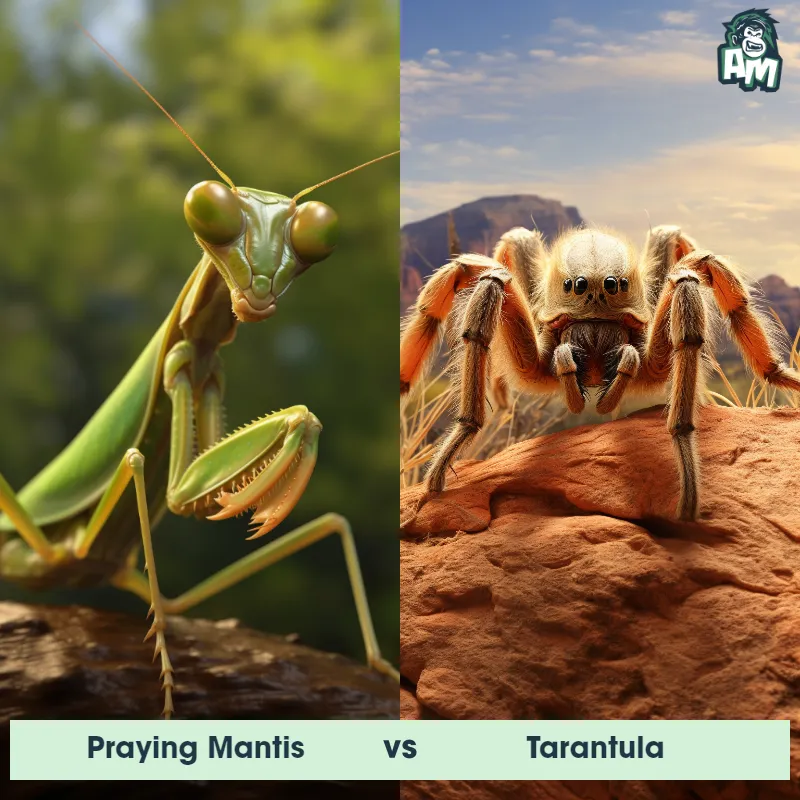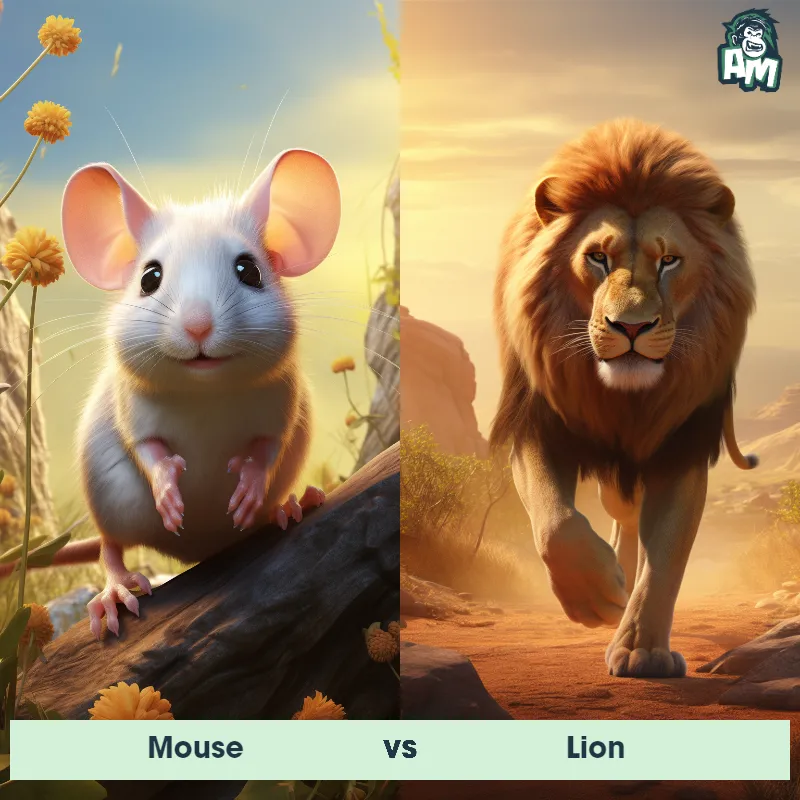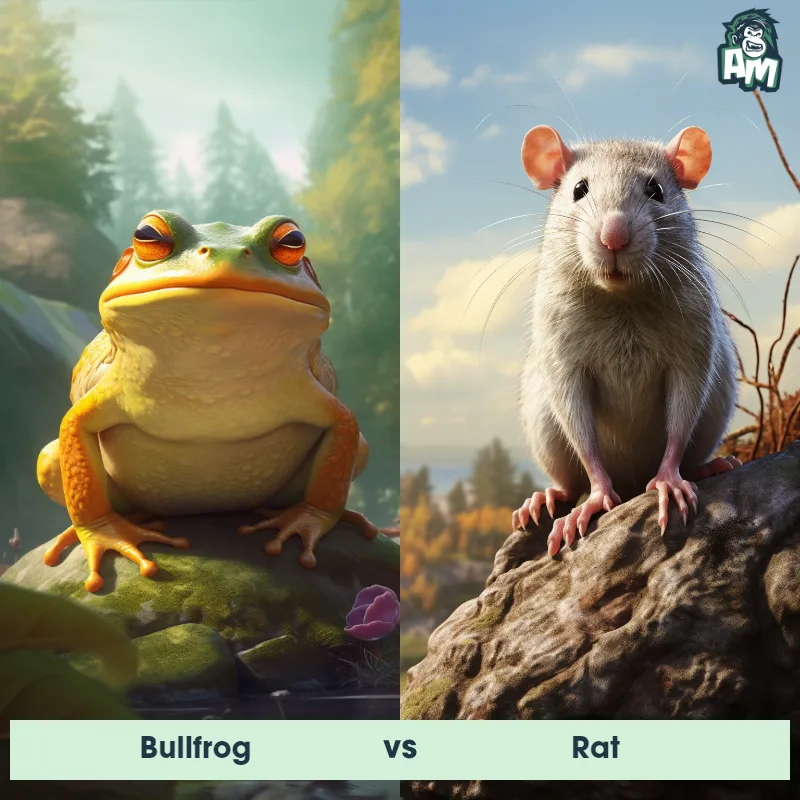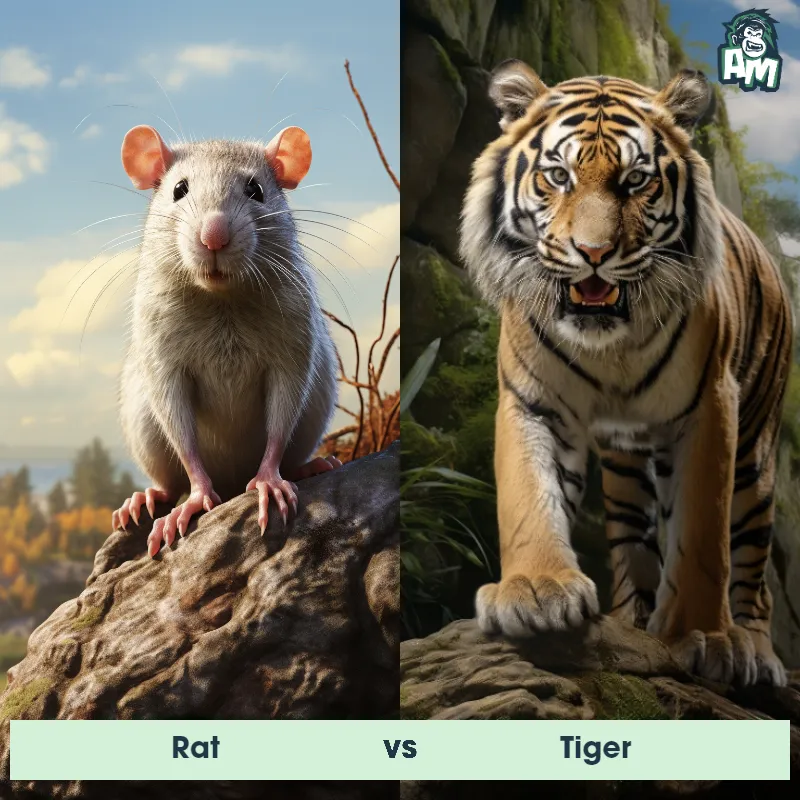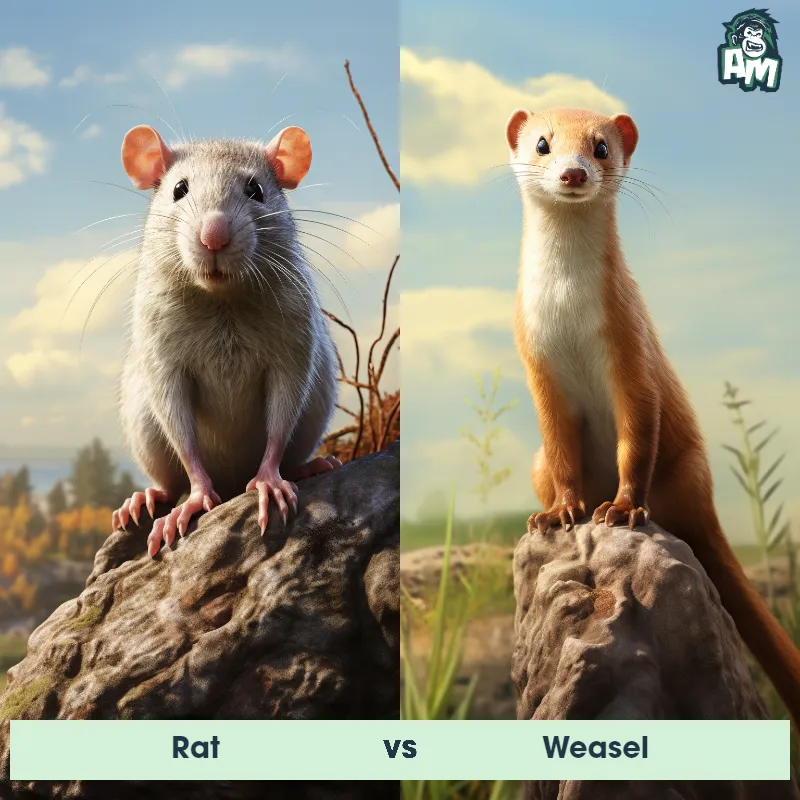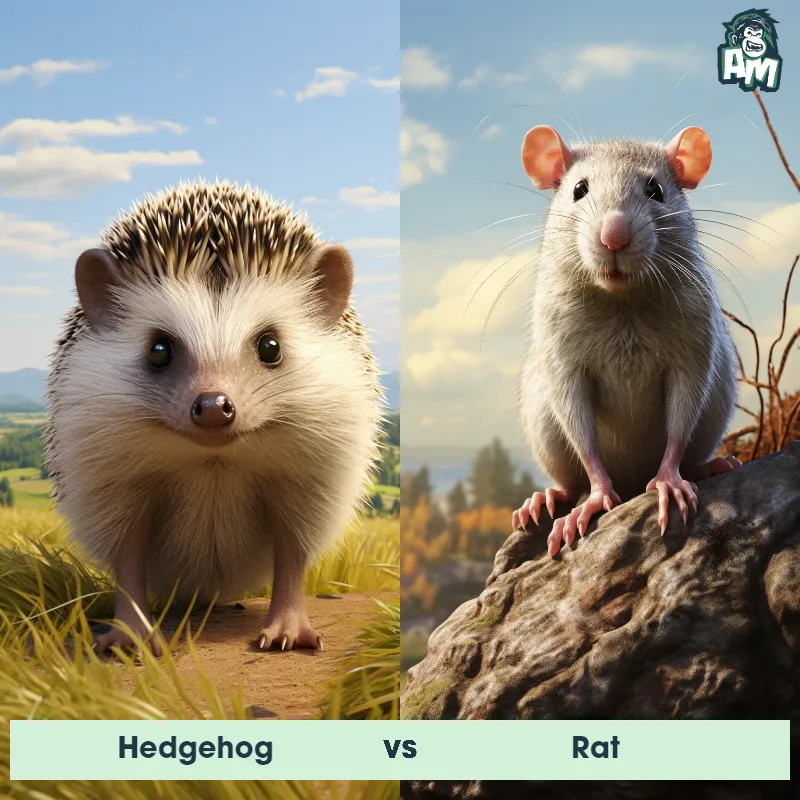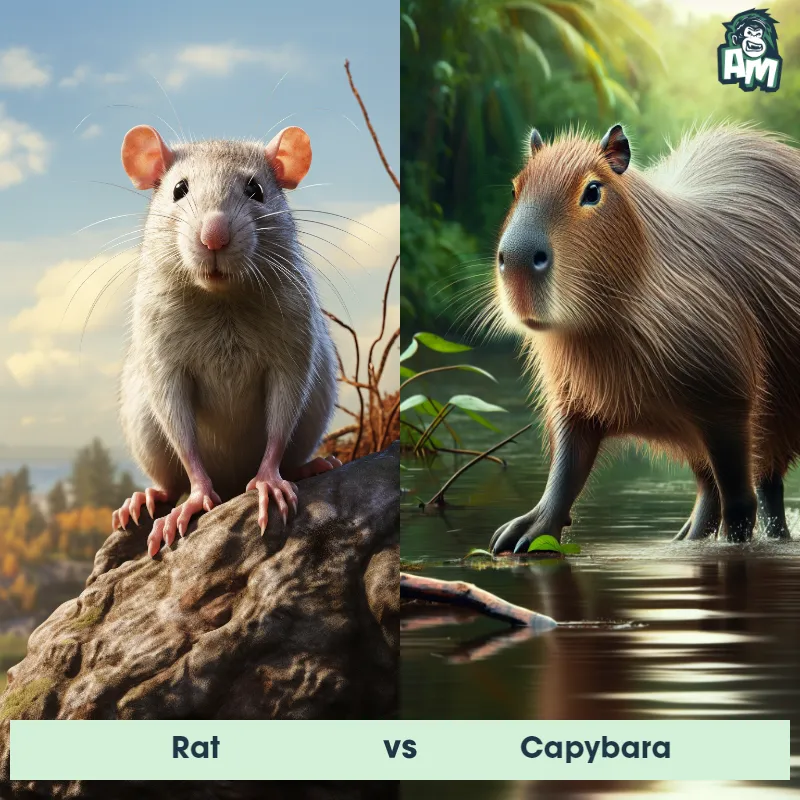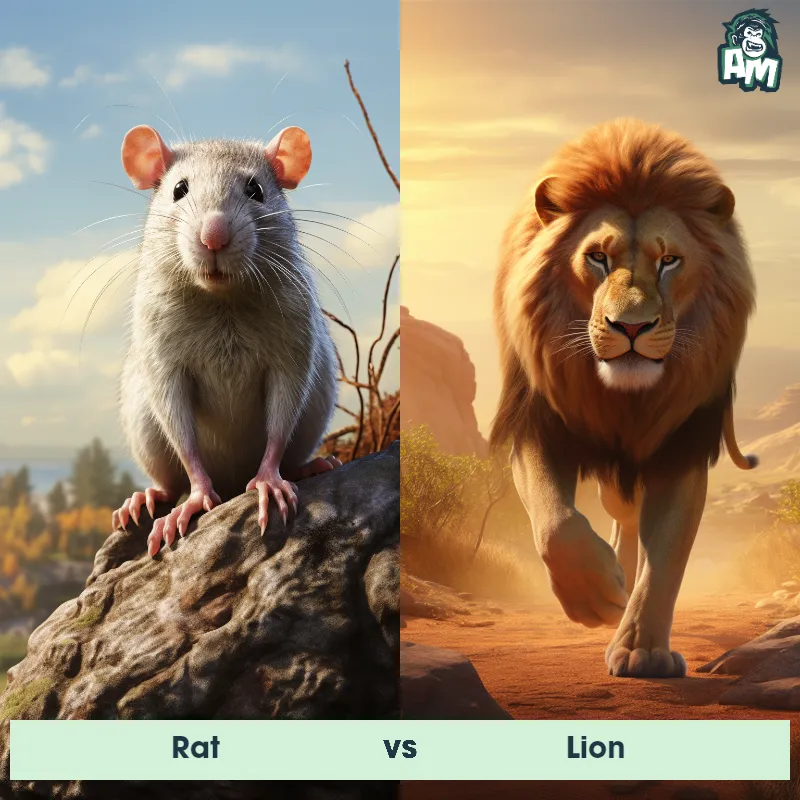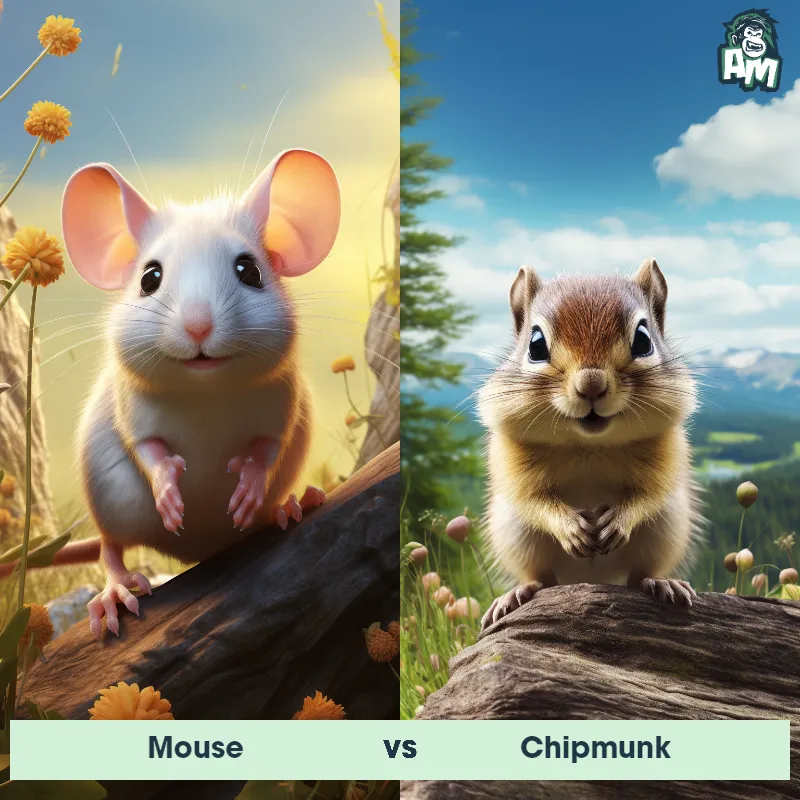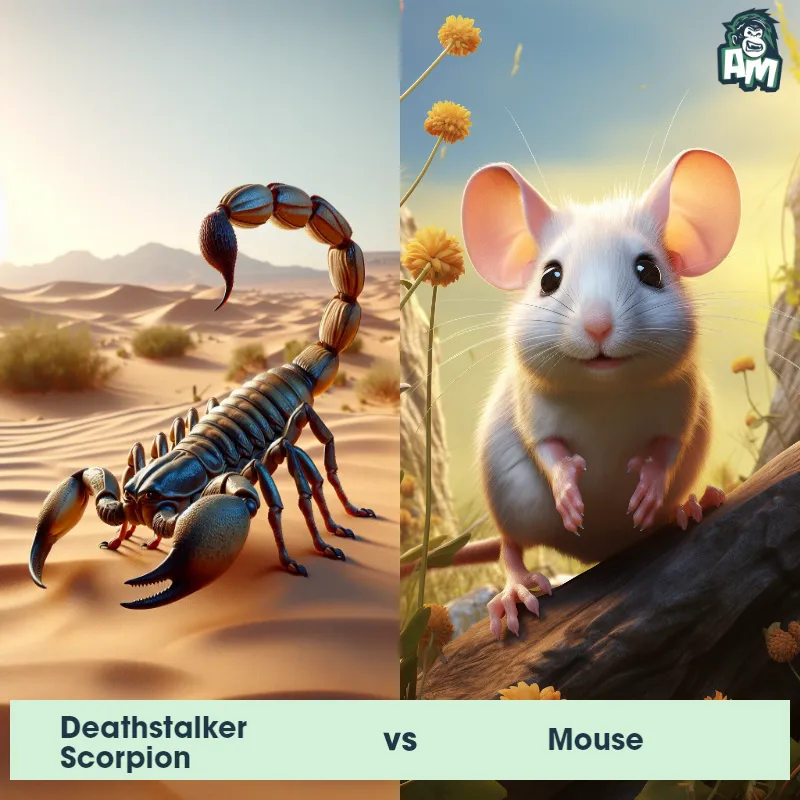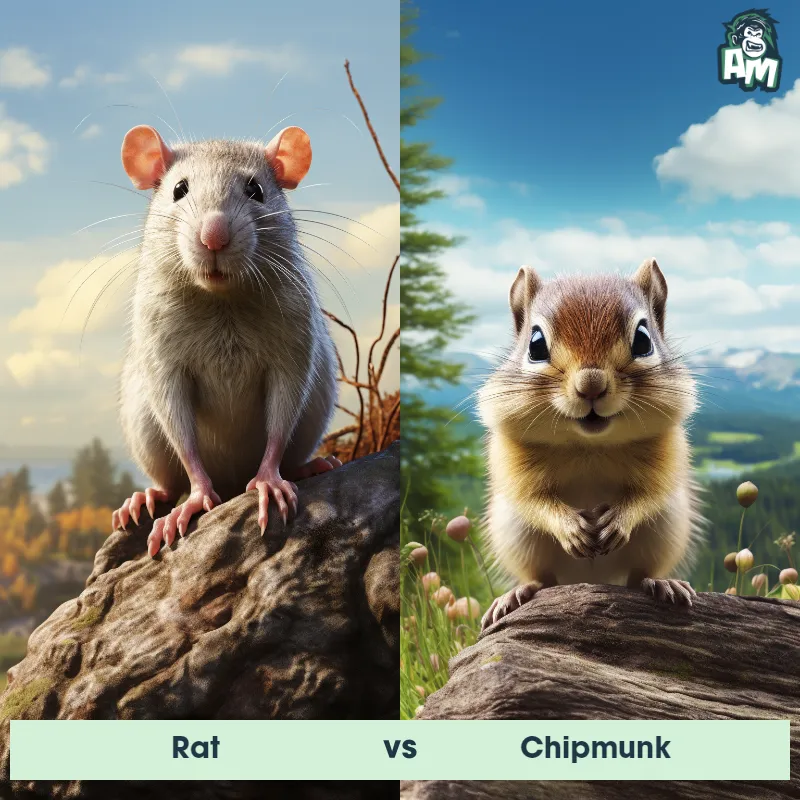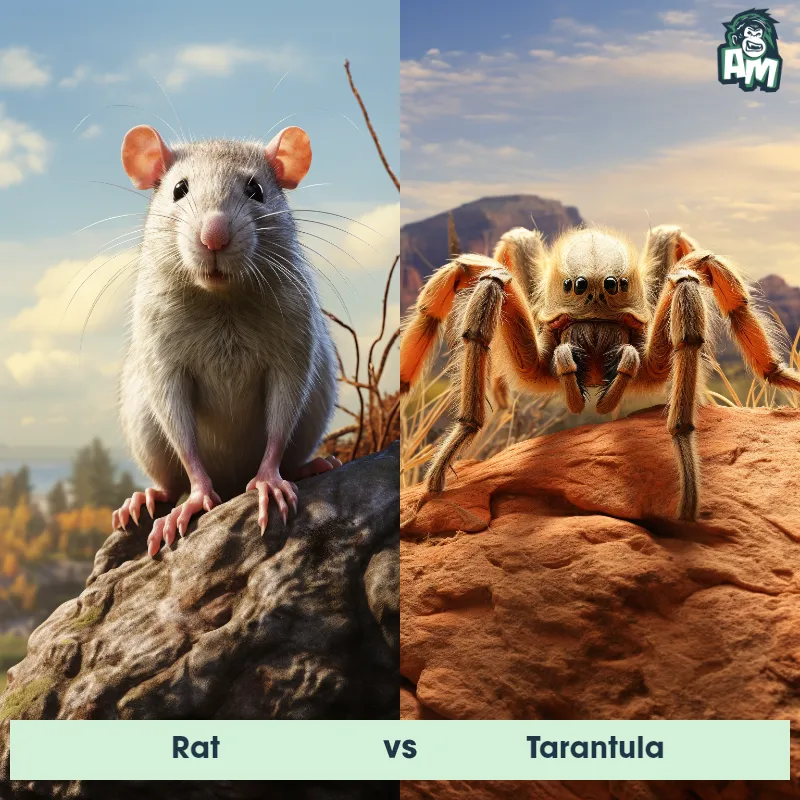Praying Mantis vs RatSee Who Wins

Ladies and gentlemen, welcome to this mesmerizing matchup unfolding before our eyes! We find ourselves in the incredible world of the animal kingdom, where today an epic showdown awaits us. Two fierce contenders will engage in a three-round battle, showcasing their unique skills and instincts. In the blue corner, we have the agile and cunning Praying Mantis. And in the red corner, we have the formidable and quick-witted Rat. Get ready for an electrifying battle as these incredible creatures go head-to-head!
Contender 1: Praying Mantis
The Praying Mantis is a fascinating insect known for its unique appearance and predatory behavior. With elongated bodies and large, triangular heads, these insects are easily recognizable. They have two large, compound eyes and three small simple eyes, which allow them to see in multiple directions at once. Their front legs are modified into powerful grasping appendages, which they use to catch and hold their prey. Praying Mantises are also known for their ability to camouflage themselves, blending in with their surroundings to avoid detection.
Fun Fact: Praying Mantises are known for their cannibalistic behavior, with females often eating their male partners after mating.
Contender 2: Rat
The Rat is a medium-sized, long-tailed rodent, renowned for its adaptability to various environments. Common species include the larger brown rat (also known as the Norway rat) and the smaller black rat. Rats typically range from 9 to 11 inches in body length, with a tail length that's about the same. They have robust bodies, pointed snouts, and small, hairless ears. Rats are omnivores, with a diet that can include grains, fruits, vegetables, meat, and eggs, and they have a strong instinct to gnaw, which keeps their constantly growing teeth in check.
Fun Fact: Rats have excellent memories, and once they learn a navigational route, they won't forget it.
Matchup Stats
| Praying Mantis | Rat | |
|---|---|---|
| Size | 2-5 inches (5-13 cm) | 9 to 11 inches (22.86 to 27.94 cm) |
| Weight | 0.1-0.6 ounces (3-18 grams) | 0.77 to 1.1 lbs (350 to 500 grams) |
| Speed | Speed: 1.5 mph (2.4 km/hr) | 7mph (11km/h) |
| Key Strength | Powerful grasping front legs | Strong instinct to gnaw |
| Biggest Weakness | Vulnerable to being flipped onto their backs | Small size and lack of defensive mechanisms |
Current Votes
Praying Mantis vs Rat
See Who Wins
View More Matches
Looking For More?
Similar Matches
Scientific Stats
| Praying Mantis | Rat | |
|---|---|---|
| Scientific Name | Mantodea | Rattus |
| Family | Mantidae | Muridae |
| Habitat | Terrestrial | Various environments, including urban areas, forests, and fields |
| Geography | Worldwide | Worldwide, except for Arctic and Antarctic regions |
| Diet | Insects, spiders, and other small animals | Omnivorous (grains, fruits, vegetables, meat, eggs) |
| Lifespan | 6 months - 1 year | 1 year - 4 years |
Key Differences between Praying Mantis and Rat
- Size: The Praying Mantis is typically smaller, ranging from 1 to 6 inches in length, whereas the Rat is much larger, measuring between 6 to 18 inches in length, excluding the tail.
- Eyes: The Praying Mantis has large, compound eyes located on the sides of its head, providing a broad field of vision, whereas the Rat has smaller, beady eyes positioned more towards the front of its head.
- Body shape: The Praying Mantis has an elongated and slender body with a distinct triangular head, while the Rat possesses a robust body with a blunt-shaped head.
- Coloration: The Praying Mantis showcases a wide range of colors including green, brown, and even pink, blending well with its environment, while the Rat's coloration usually varies from shades of gray to brown or black.
- Tail: The Praying Mantis lacks a distinct tail structure, whereas the Rat possesses a long, slender tail that is typically hairless, aiding in balance and communication.
- Limbs: The Praying Mantis has elongated forelimbs adapted for grasping prey, displaying a unique "praying" position, whereas the Rat has four relatively short limbs for scurrying and climbing.






